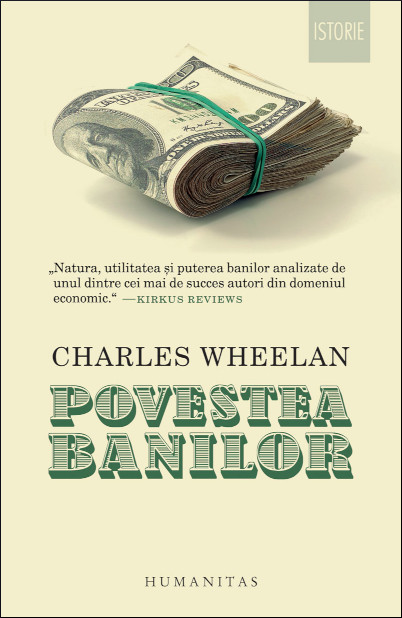What do you think?
Rate this book


408 pages, Paperback
First published April 1, 2016
"[Gold] gets dug out of the ground in Africa, or someplace. Then we melt it down, dig another hole, bury it again and pay people to stand around guarding it [in the vaults of the Federal Reserve Bank of NY]. It has no utility."